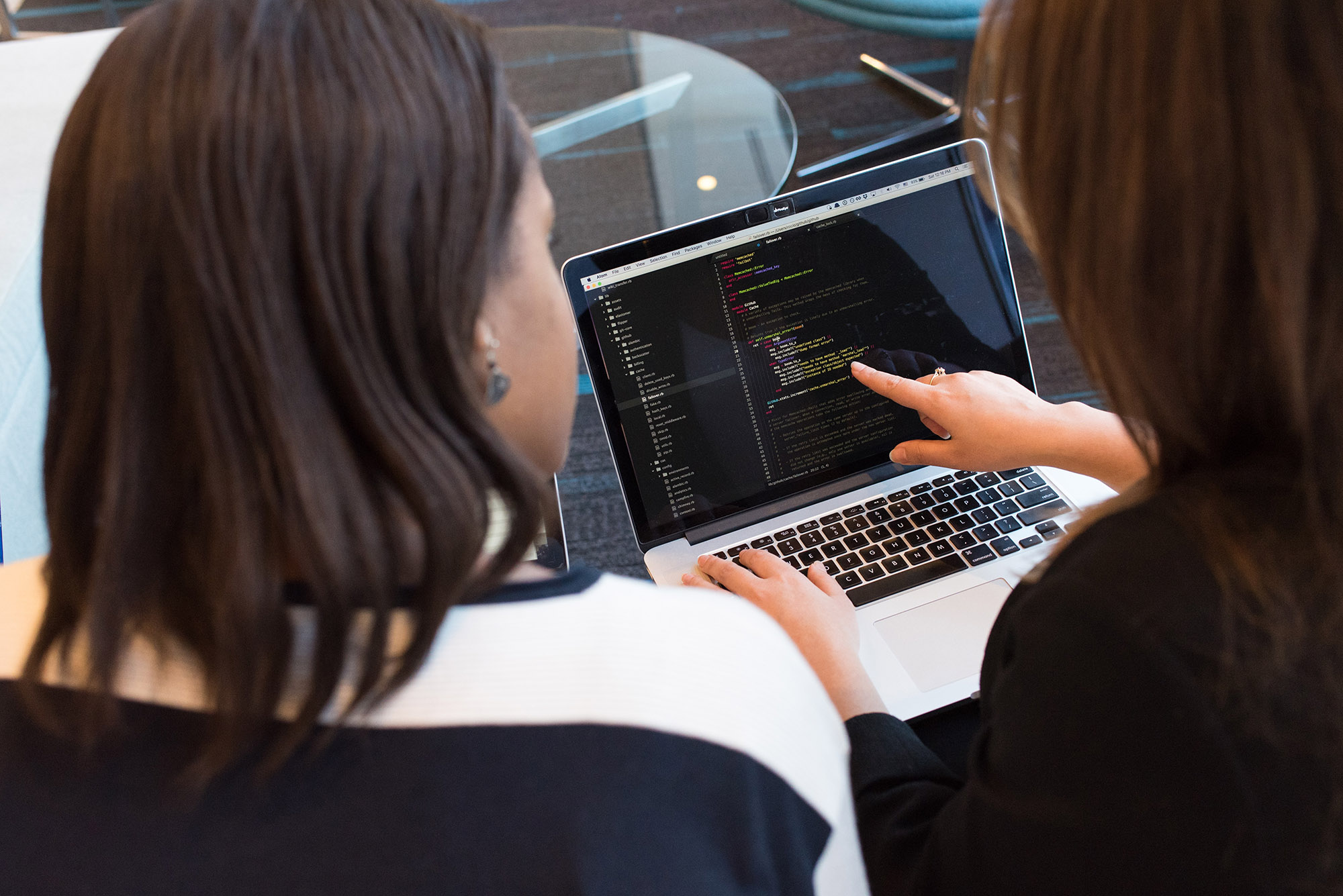Learn with the Software Sustainability Institute
Key successes
Since 2010, the SSI has played a vital role in improving research culture, revolutionising access to software training and working with our collaborators to develop policies that better recognise and support software in research. Our guides provide detailed advice on everything from better development practices to how to build a community for your software.
210+ Fellows
We fund researchers, research software engineers, and industry staff who want to improve software practices in their areas.
>10,000 Research Software Engineers (RSEs)
Since 2012, we've led a campaign that launched a new career in research, supported the formation of the Society of Research Software Engineering, and actively contributed to the RSE movement around the world.
8,000+ researchers trained and 120+ guides
We created and now maintain a scalable and sustainable national training environment by developing new courses, organising workshops, and bringing in and training new instructors.
260+ successful collaborations
We provide consultancy and guidance to both software experts and beginners in 30+ countries.
Resources

Programmes

Events

I understood very quickly that the service was here to help, not to judge me. I would recommend that people just apply [to the Research Software Healthchecks] no matter the current status of their code.Miquel Duran-Frigiola
Ersilia
Co-Founder



